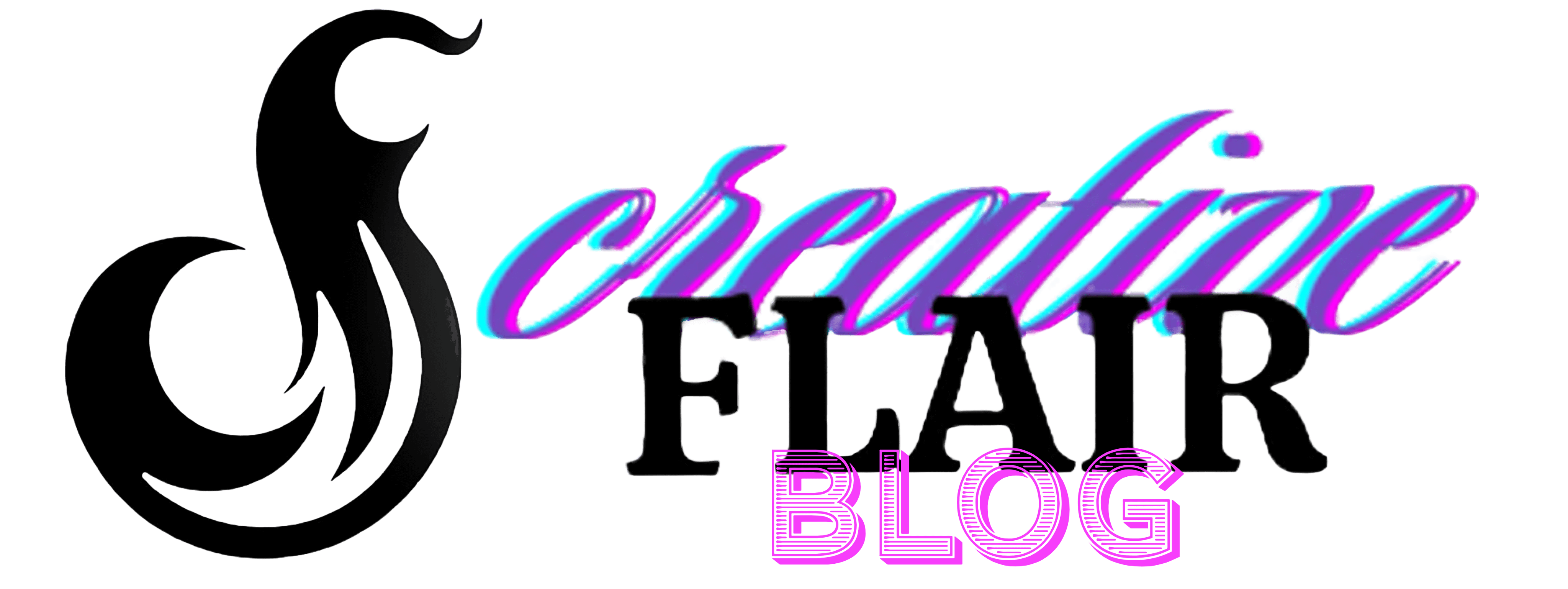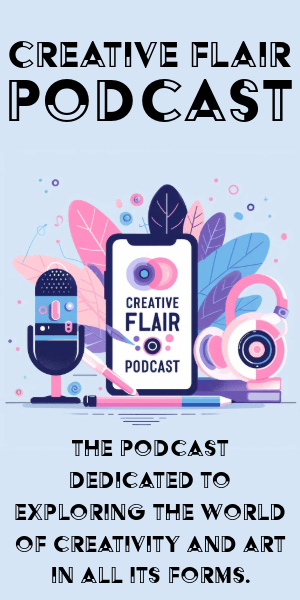Understanding Digital Art Copyright
In the digital landscape, artists navigate a complex web of copyright issues. When an artist creates a new piece digitally, it's automatically protected by copyright. No initial paperwork is required, but registering with the U.S. Copyright Office can provide additional legal protection.
For a work to be copyrightable, it must be original and fixed in a tangible medium. This applies to digital creations as well, ensuring each piece is unique and worthy of protection. Even AI-generated works need a human touch to merit copyright protection.
Copyright laws draw a line between inspiration and theft, with fair use allowing limited use of copyrighted material for purposes like education or commentary. This balance between ownership rights and creative flexibility is crucial in the digital art world.
Challenges of Copyright in Digital Art
Digital artists face unique challenges in protecting their work online. The ease of copying and sharing digital art can lead to unauthorized use, where credit isn't always given to the creator. This simplicity in distribution is both a blessing and a curse – offering wide exposure but also increasing the risk of misuse.
Proving ownership can be tricky in the digital realm. Artists may struggle to demonstrate that they were the first to create a particular piece, especially when digital files can be easily altered or renamed.
To combat these issues, artists are turning to technological solutions like watermarking, metadata, and detailed terms of use. The creative community also plays a vital role, with artists sharing experiences and knowledge to build a collective defense against copyright infringement.
Navigating Fair Use in Digital Art
Fair Use in digital art is a complex concept guided by four main factors:
- Purpose and Character: Is the use transformative or educational?
- Nature of the Original: Is it factual or creative?
- Amount Used: How much of the original work is borrowed?
- Effect on the Market: Does it impact the original work's value?
Artists often need to balance inspiration with respect for others' work. Consulting legal experts specializing in intellectual property can provide clarity in navigating these waters.
Fair Use isn't just a defense; it's a balancing act that allows for creative growth while respecting original works. Understanding and applying Fair Use principles can help digital artists contribute to the evolving landscape of digital art responsibly.
Protecting Your Digital Art
To safeguard digital art, artists can employ several strategies:
- Watermarking: Adding a visible or invisible mark to identify ownership.
- Copyright Registration: Formally registering work for stronger legal protection.
- Creative Commons Licenses: Specifying how others can use or share the work.
These methods allow artists to share their work confidently while maintaining control over its use. Watermarking serves as a visual deterrent, copyright registration provides legal backing, and Creative Commons licenses offer flexible sharing options.
By combining these techniques, digital artists can protect their creations while navigating the open nature of the internet. It's about finding the right balance between sharing art and preserving artistic integrity.
Impact of Emerging Technologies on Copyright
Artificial Intelligence (AI) and blockchain are reshaping the digital art landscape and challenging traditional copyright concepts.
AI's ability to generate art raises questions about authorship and creativity. When an AI creates a masterpiece, who owns the copyright? The programmer, the AI, or the person who provided the prompt? These questions push the boundaries of current copyright laws.
Blockchain offers a potential solution for verifying artwork ownership and authenticity. Its immutable ledger can provide a reliable record of an artwork's origin and transactions. However, blockchain technology comes with its own complexities, including environmental concerns and regulatory uncertainties.
As these technologies evolve, artists and lawmakers must adapt. Embracing these innovations while maintaining artistic integrity will be crucial in shaping the future of digital art and copyright.

As the digital art world expands, artists must balance creativity with protection. The key is to safeguard artistic expression while embracing new technologies. This ongoing journey blends innovation with tradition, shaping the future of digital art.
- Art Basel. The Art Market 2023. Art Basel and UBS; 2023.
- Grand View Research. Identity Verification Market Size, Share & Trends Analysis Report By Component, By Type, By Deployment Mode, By Organization Size, By End-use, By Region, And Segment Forecasts, 2023 – 2030. Grand View Research; 2023.
- Finance Magnates. Art Collectors Believe Blockchain Could Improve Provenance Tracking. Finance Magnates; 2021.
- Forbes. The Key To Delivering A Personalized Customer Experience. Forbes; 2022.

























